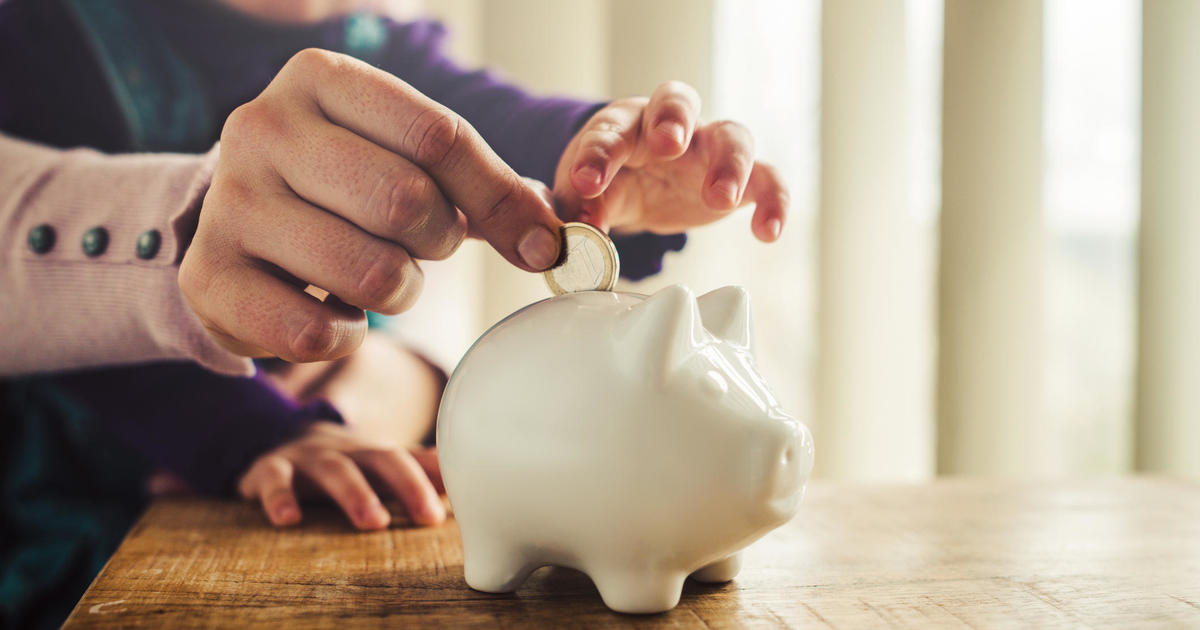4 things you should do when your savings reach $5,000
Saving money is a crucial part of your financial plan. After all, your savings is what helps you cover unexpected bills or expenses, weather financial downturns or cover many of the big purchases you're planning to make.
But while saving is important for your financial health, the reality is that putting money away for a rainy day isn't all that easy — and many people struggle to find room in their finances to do it. In fact, over a third of Americans (37%) lack enough money to cover a $400 emergency expense, according to the Fed's 2022 Economic Well-Being of U.S. Households survey.
Considering how many people are struggling to add to their savings accounts, hitting your first $5,000 in savings is a big milestone. And, if you've met that threshold — or are close to it — there are a few things you should do to keep the momentum going.
Start making the most of your savings. Explore the top savings interest rates available to you here.
4 things you should do when your savings reach $5,000
Now that you've got $5,000 tucked away in your savings, consider making the following moves:
Earn more from your savings
One way to make your money work harder for you is by diversifying your accounts. And, there are two low-risk options you should consider: a certificate of deposit (CD) and a high-yield savings account.
A CD is a low-risk, interest-bearing savings option that typically offers higher interest rates than regular savings accounts. However, that comes with a catch – your money is locked in for a fixed period. This can range from a few months to a few years, and during that time, you typically can't withdraw your funds without paying a penalty for early withdrawal.
That said, CD rates are particularly high right now, with many offering rates over 5%, so putting at least part of your savings into one can make sense. That can be a great way to earn a guaranteed rate of return from your savings if you don't need immediate access to the funds.
You should also explore high-yield savings accounts, which offer better interest rates than traditional savings accounts. These accounts often have no fees and are a safe place to park your emergency fund or short-term savings — and you'll retain access to your funds.
Look for an account with a competitive annual percentage yield (APY) to maximize your earnings. Rates are elevated right now, so many high-yield savings accounts offer APYs above 4.5% currently — which, when coupled with a high-rate CD, can help you get more out of your $5,000 in savings.
Find out what you could be earning on your savings here.
Reduce your debt load
Now that you have a few thousand dollars in your savings, it's crucial to address any high-interest debts you may have, such as credit card balances or personal loans. Paying down debt should be a priority because the interest on these debts can quickly erode your savings. Consider implementing a debt repayment strategy, like the debt avalanche or debt snowball method, to tackle your debts efficiently.
Focus on your emergency fund
An emergency fund is your financial safety net. It's there to cover unexpected expenses like medical bills, car repairs, or job loss without derailing your long-term financial goals. Many experts recommend having three to six months' worth of living expenses saved for emergencies. You can use your $5,000 savings as a foundation and gradually build this fund until you reach your target amount.
Focus on long-term savings goals
Now that you have a cushion of money in your savings, you may want to also turn the focus to your long-term savings goals. For example, it's never too early to start saving for retirement. Allocate a portion of your savings towards retirement accounts and take advantage of compounding interest to grow your retirement nest egg.
You can also set other longer-term savings goals, whether the plan is to buy a home, pay for your child's education or start a business. Just be sure to set clear financial goals and create a savings plan tailored to each goal so you can regularly review your progress.
The bottom line
Reaching a $5,000 savings milestone is a significant accomplishment and it's an excellent time to take your financial future seriously. By diversifying your investments, reducing debt, building an emergency fund and focusing on long-term savings goals, you'll be well on your way to achieving financial security and working towards your dreams. Just keep in mind that financial planning is a journey, and consistent effort will yield significant rewards over time.




